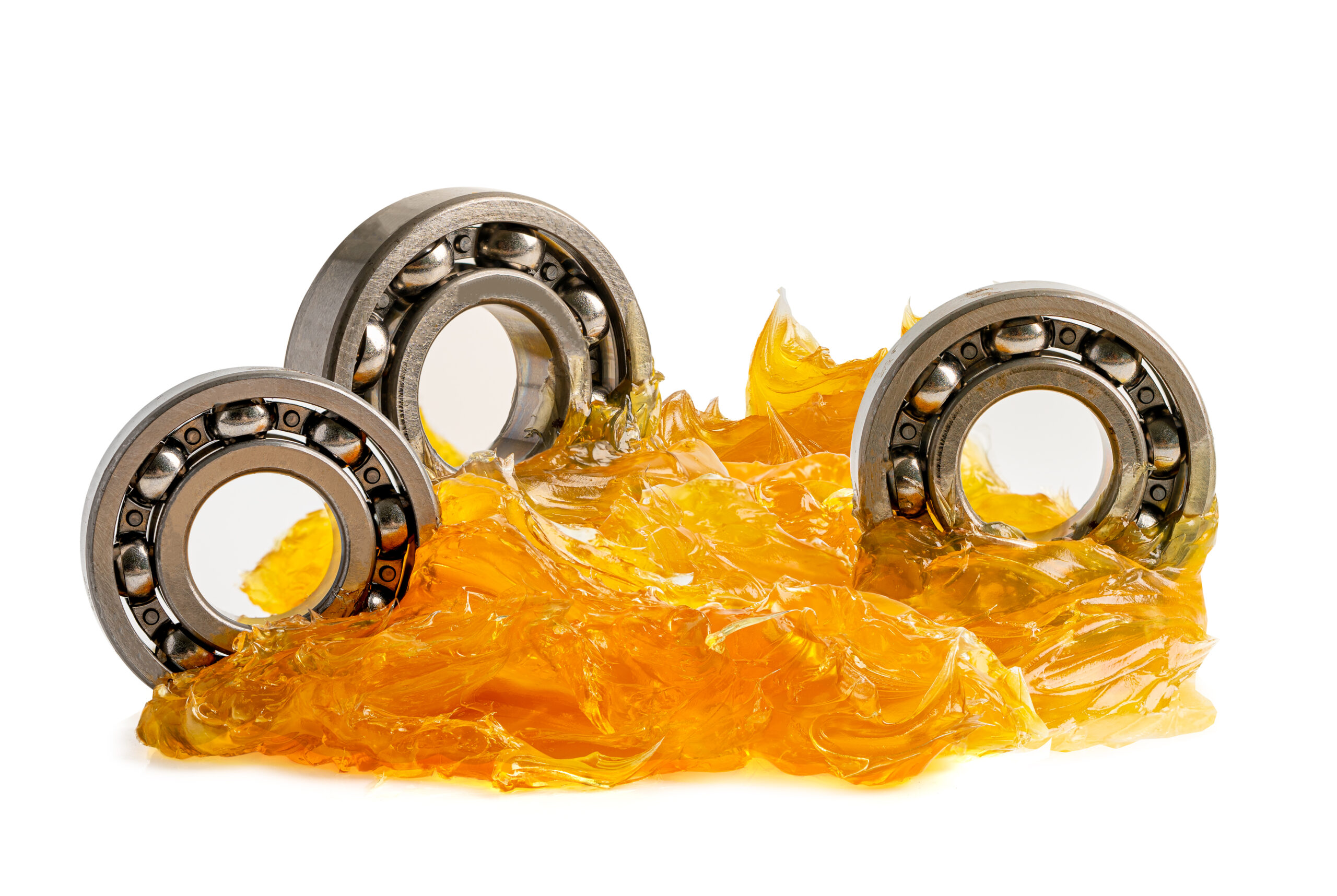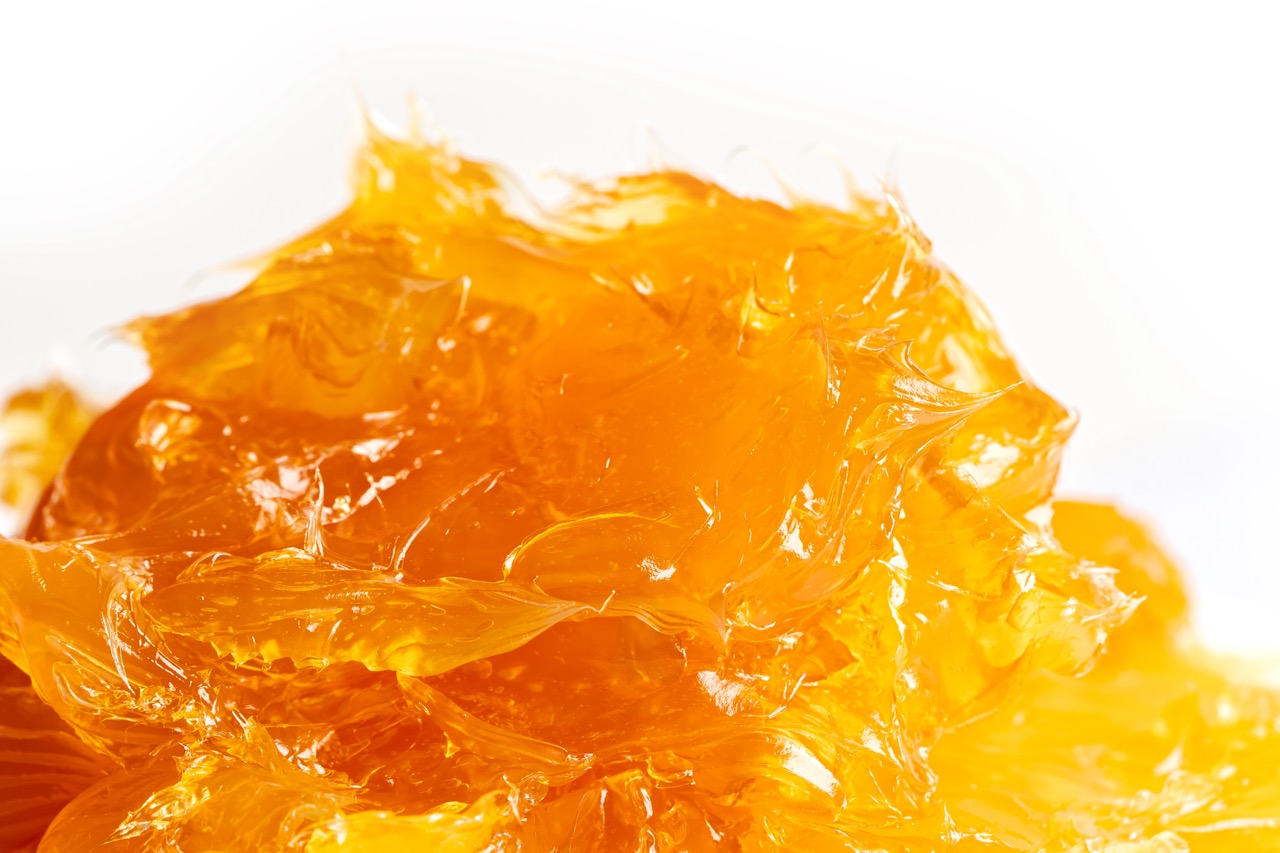A lubricating grease is a mixture of three main elements:
- Synthetic or mineral lubricating oil
- Thickener
- Additives
The thickener has the task of retaining the oil and giving the lubricating grease its semi-fluid consistency, while the additives improve the lubricant’s performance. However, under conditions of prolonged rest or inadequate storage, a phenomenon known as static bleeding between oil and thickener can occur. This occurs when the liquid component (the oil) separates from the structural component (the thickener), impairing the performance of the lubricating grease.

Static static bleeding between oil and thickener: the problems
If the static bleeding between oil and thickener exceeds 10 per cent, the stability of the lubricant may be compromised, leading to
- Loss of critical additives
- Reduction in the viscosity of the lubricating oil
- Increased component wear
- Increased operating temperature
- Increased need for maintenance
How to prevent separation between oil and thickener in lubricants
To prevent these problems, here are 7 effective strategies:
Choosing the right lubricant
Not all lubricating oils and greases are the same. Some contain specific additives to improve stability and reduce static bleeding between oil and thickener. Lubricants formulated with synthetic oils and high-stability thickeners offer greater resistance to liquid phase separation.
Opt for quality thickeners
Thickeners determine the stability of the lubricating grease. Lithium, lithium complex and calcium complex greases have a higher oil-holding capacity than other types of thickeners, providing better resistance to static bleeding between oil and thickener.
Optimise storage conditions
Poor storage accelerates the separation of oil from lubricating grease. To minimise this problem, it is essential:
- Store lubricants in cool, dry rooms.
- Avoid extreme temperatures.
Keep the container tightly closed to prevent contamination.
Avoid contamination
Contamination with water, dust or other external particles alters the structure of the lubricating grease, promoting oil separation. Using clean containers and protecting lubrication points reduces the risk of contamination.
Monitor operating conditions
Mechanical load, pressure and high temperatures can promote static bleeding between oil and thickener. Periodically analysing the machine’s operating conditions and choosing an appropriate lubricant for specific needs helps keep the mixture stable.
Replacing lubricants regularly
Over time, lubricants degrade and lose their properties. Regular replacement prevents oil separation and ensures proper equipment operation.
Analysing the lubricant regularly
Analysing lubricants allows early detection of signs of static bleeding or viscosity changes. Monitoring the stability of the lubricant allows early intervention to avoid more serious problems.
Which lubricants reduce static bleeding between oil and thickener
Some lubricants are particularly effective in preventing static bleeding between oil and grease. These include:
Greases with highly stable thickeners
- Lithium grease: excellent resistance to oil separation, ideal for general industrial applications .
- Lithium complex grease: high thermal stability, suitable for high temperatures and harsh conditions.
- Calcium complex grease: excellent oil holding capacity even in damp environments, water resistant.
Polyurea grease: excellent thermal stability and long service life.
Lubricants with stabilising additives
- Antioxidants: slow down degradation.
- Anti-wear additives: improve lubricant life and protect metal surfaces.
Phase stabilisers: reduce oil separation and improve grease consistency.
Synthetic Lubricants
- Synthetic lubricants such as PAO (Polyalphaolefins) and POE (Polyol Esters) provide greater chemical and thermal stability, reducing oil separation.
PTFE (Polytetrafluoroethylene) based greases offer excellent separation resistance and reduced evaporation.
High-viscosity lubricants
High-viscosity lubricating oils and greases reduce the risk of separation, especially in high-load applications.
Choose products to avoid static separation
Static bleeding between oil and thickener can impair the performance of lubricating greases, increasing wear and maintenance costs. Implementing the right strategies and choosing the right lubricant helps minimise this problem, extending equipment life.
For more information on which lubricant to choose and applications to avoid the problem of static bleeding, contact our MD Poland experts.


